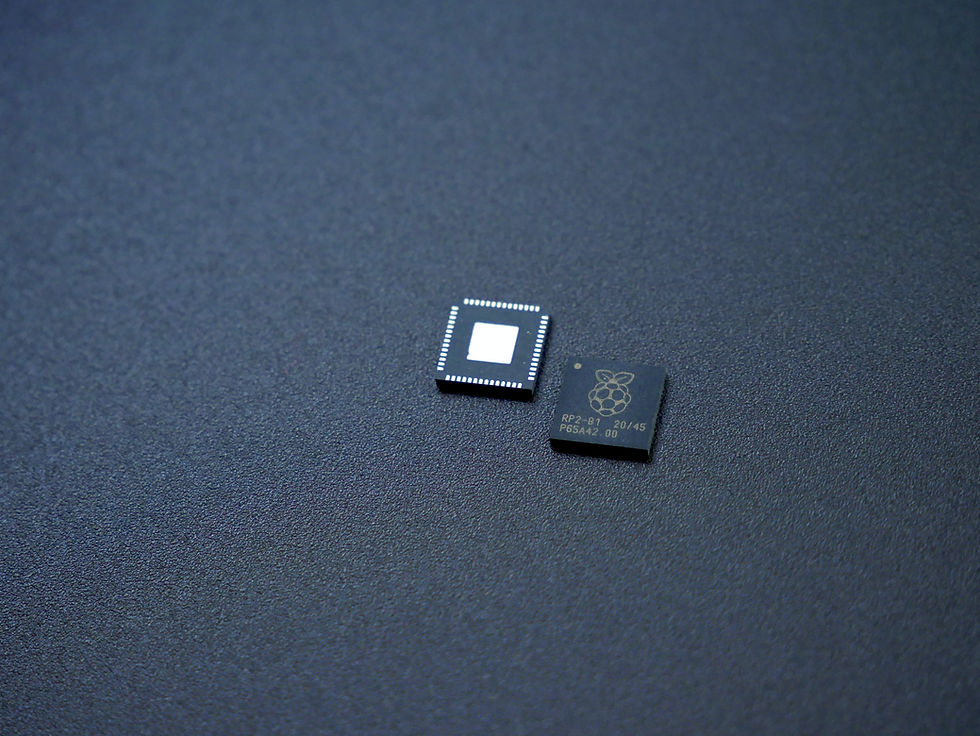
The search for a room-temperature superconductor
17/02/25, 14:49
Last updated:
13/01/24, 15:19
Published:
A (possibly) new class of semiconductors
In early August, the scientific community was buzzing with excitement over the groundbreaking discovery of the first room-temperature superconductor. As some rushed to prove the existence of superconductivity in the material known as LK-99, others were sceptical of the validity of the claims. After weeks of investigation, experts have concluded that LK-99 was likely not the elusive room-temperature superconductor but rather a different type of magnetic material with interesting properties. But what if we did stumble upon a room-temperature superconductor? What could this mean for the future of technology?
Superconductivity is a property of some materials at extremely low temperatures that allows the material to conduct electricity with no resistance. Classical physics cannot explain this phenomenon, and instead, we have to turn to quantum mechanics to provide a description of superconductors. Inside superconductors, electrons are paired up and can move through the structure of the material without experiencing any friction. The pairs of electrons are broken up by the thermal energy from temperature, so they will only exist for low temperatures. Therefore, this theory, known as BCS theory after the physicists who formulated it, does not explain the existence of a high-temperature superconductor. To describe high-temperature superconductors, such as those occurring at room temperature, more complicated theories are needed.
The magic of superconductors lies in their property of zero resistance. Resistance is a cause of energy waste in circuits due to heating, which leads to the unwanted loss of power, making for inefficient operation. Physically, resistance is caused by electrons colliding with atoms in the structure of a material, causing energy to be lost in the process. The ability for electrons to move through superconductors without experiencing any collisions results in no resistance. Superconductors are useful as components in circuits as they cause no wasted power due to heating effects and are completely energy-efficient in this aspect.
Normally, using superconductors requires complex methods of cooling them down to typical superconducting temperatures. For example, the temperature at which copper becomes superconducting is 35 K, or in other words, around 130 °C colder than the temperature at which water freezes. These methods are expensive to implement, which prevents them from being implemented on a wide scale. However, having a room-temperature superconductor would allow access to the beneficial properties of the material, such as its resistance, without the need for extreme cooling.
The current record holders for highest-temperature superconductors are the cuprate superconductors at around −135 °C. These are a family of materials made up of layers of copper oxides alternating with layers of other metal oxides. As the mechanism for superconductivity is yet to be revealed, scientists are still scratching their heads over how this material can exhibit superconducting properties. Once this mechanism is discovered, it may be easier to predict and find high-temperature superconducting materials and may lead to the first room-temperature superconductor. Until then, the search continues to unlock the next frontier in low-temperature physics…
For more information on superconductors:
[1] Theory behind superconductivity
Written by Madeleine Hales
Related articles: Semiconductor manufacturing / Semiconductor laser technology / Silicon hydrogel lenses
Project Gallery

